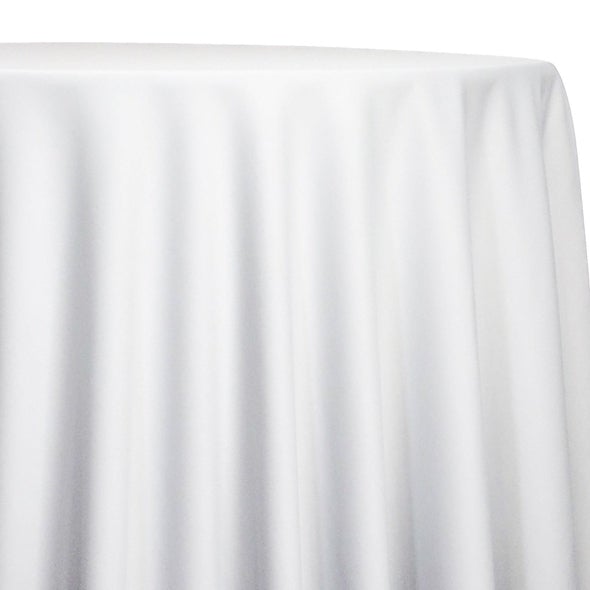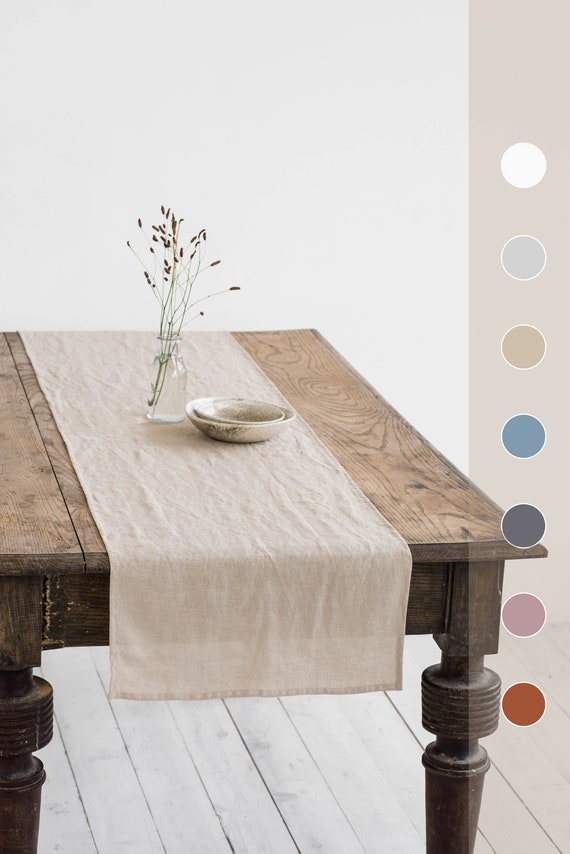Linen Material Technologies: Exploring Modern Trends and Creative Applications in Design and Textile Market
In the world of textile innovations, bed linen has become an ageless yet flexible product that proceeds to astound developers and fanatics alike. With a rich history deeply intertwined with craftsmanship and beauty, linen material is experiencing a renewal in the modern-day era. From sustainable production methods to cutting-edge weaving innovations, the development of linen is reshaping the landscape of the textile industry. As we look into the realms of creative layout applications and the appearance of bed linen blends and crossbreed textiles, a brand-new phase unravels in which linen's function in future fabric technologies takes spotlight.
Lasting Practices in Linen Production
Lasting techniques in bed linen production have actually come to be progressively vital in the textile industry's initiatives to reduce environmental influence and promote ethical sourcing techniques. Linen, an all-natural fiber originated from the flax plant, offers a series of benefits such as breathability, longevity, and biodegradability. However, traditional techniques of linen manufacturing can include substantial water intake, chemical usage, and energy-intensive procedures.
To address these obstacles, several fabric makers are taking on sustainable techniques throughout the bed linen manufacturing process. This consists of sourcing flax from organic farms that stay clear of unsafe pesticides and chemicals, executing water-efficient retting strategies to remove fibers from the flax stalks, and making use of green dyes and finishes. Furthermore, some firms are spending in renewable resource resources to power their manufacturing centers and reducing waste with recycling and upcycling efforts.
Technical Developments in Linen Weaving
With the expanding focus on lasting methods in linen production, the fabric market is currently experiencing a surge in technological innovations particularly intended at changing the art of bed linen weaving. These technologies are reshaping the way linen fabrics are produced, using boosted performance, top quality, and creative thinking in weaving techniques.
One of the key technological developments in bed linen weaving is the combination of electronic looms. These sophisticated looms are furnished with software application that permits for detailed and intricate designs to be woven with precision. By digitizing the weaving process, producers can achieve greater uniformity and precision in their bed linen textiles.
In addition, improvements in thread spinning modern technology have actually allowed the production of finer and even more sturdy bed linen threads - table cloths. This leads to softer and smoother linen textiles that preserve their high quality even after multiple usages and laundries
Furthermore, the development of eco-friendly dyeing procedures and surfaces for bed linen fabrics is acquiring traction. These lasting methods not just minimize the environmental impact yet likewise satisfy the raising consumer demand for morally created textiles.
Creative Design Applications for Bed Linen
Ingenious imaginative approaches are progressively forming the innovative design applications for linen in the textile sector. Bed linen's natural aesthetic charm and capacity to mix with other materials make it a favored selection for creating distinct garments and devices that provide to the environmentally conscious consumer.
In addition, designers are exploring with bed linen in home style, using its breathable and resilient nature to craft elegant home furnishings such as drapes, bed linens, and upholstery. The texture and drape of linen bring a sense of elegance and convenience to indoor areas, including a touch of sophistication to modern-day homes.

Bed Linen Blends and Hybrid Fabrics

Hybrid textiles, on the other hand, take the principle of blending a step better by integrating additional components such as metallic threads, recycled products, or conductive fibers. These innovative fabrics not only expand the style possibilities but additionally introduce useful elements like conductivity, antimicrobial homes, or enhanced longevity. Hybrid textiles are progressively being utilized in different industries, consisting of fashion, interior decoration, and technical fabrics, where the demand for multifunctional materials gets on the rise.
Linen's Duty in Future Textile Innovations

In the realm of future textile advancements, bed linen is expected to be a Read Full Article principal in the growth of advanced practical materials. Scientists and developers are exploring ways to improve linen's intrinsic top qualities via technical developments, such as integrating wise fabrics, nanotechnology, and efficiency coatings. These technologies intend to boost bed linen's efficiency attributes, making it suitable for a broader range of applications, from activewear to protective clothing.
Furthermore, the mix of bed linen with various other all-natural or artificial fibers opens up unlimited possibilities for producing novel textiles with distinct homes and performances. By leveraging linen's characteristics and checking out innovative blends, the textile industry is poised to present amazing growths that accommodate evolving customer requirements and sustainability demands.
Final Thought
To conclude, the exploration of sustainable techniques, technical improvements, innovative layout applications, bed linen blends, and its function in future textile innovations highlight the continuous advancement of bed linen material in the modern layout and fabric market. With a focus on innovation and creative thinking, the convenience and green nature of bed linen make it a useful material for developers and makers alike, paving the means for additional developments and innovations in the field of fabrics.
As we dig into the realms of imaginative style applications and the development of linen blends and crossbreed materials, a brand-new chapter unravels in which linen's duty in future textile technologies takes center phase.
Checking out the blend of linen with various other fabrics has led to the appearance of innovative blends and crossbreed fabrics in the contemporary fabric sector. Linen blends use an unique mix of the features of linen with those of various other fibers, resulting in textiles that possess improved residential properties such as enhanced durability, boosted draping, and reduced wrinkling.The development of bed linen blends and crossbreed textiles has actually set the phase for Bed linen to play a pivotal function in driving future fabric my sources technologies.In the realm of future textile advancements, bed linen is expected to be an essential gamer in the growth of advanced functional fabrics.